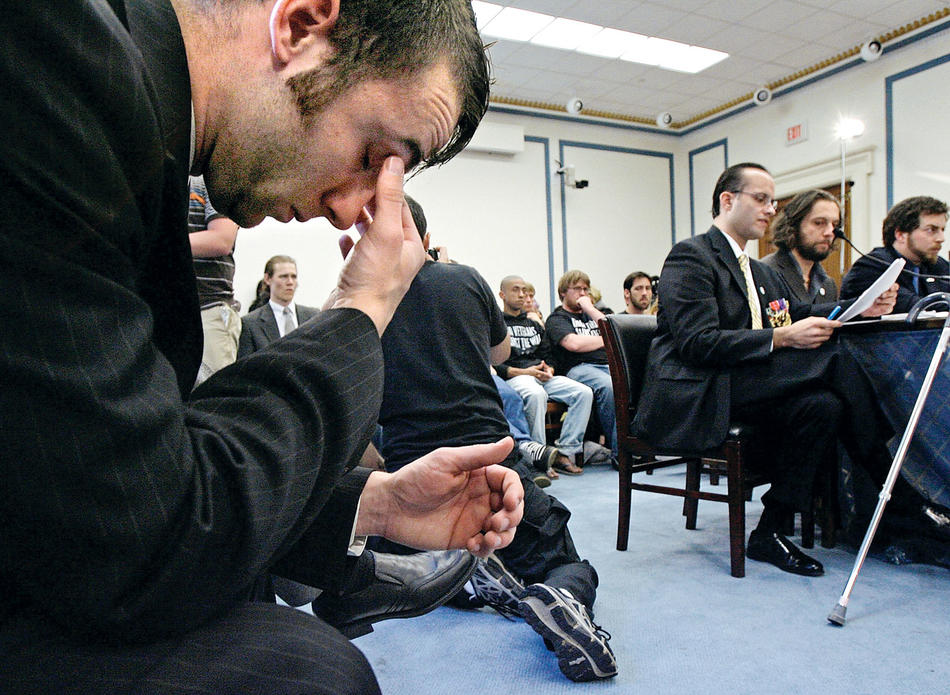Suicides among U.S. Army personnel today are at their highest levels since the military began keeping records three decades ago. Last year, 139 members of the Army killed themselves, up from 115 in 2007; the U.S. government expects that even more soldiers will take their own lives this year. In January alone, 24 Army troops killed themselves, while 16 died in combat.
The Army has decided that it needs outside help, so it is funding a $50 million study to determine what pushes soldiers to commit suicide. Columbia doctors are coleading the five-year study, which is the largest ever on military suicide, along with researchers at Harvard, the University of Michigan, and the Uniformed Services University of the Health Sciences in Bethesda, Maryland. The project is overseen by the National Institute of Mental Health.
Columbia’s research team is led by John Mann, who is an expert on suicide triggers. He is vice chair for research and chief of the division of molecular imaging and neuropathology at Columbia University Medical Center.
“This study will add to an extensive body of research on suicide,” says Mann, “and help us better understand the unique factors contributing to suicide’s increasing prevalence among our servicemen and -women.”
Researchers will interview every new recruit coming into the U.S. Army, including the National Guard and Reserves, over the next three years and examine the files of soldiers who have committed suicide in the past. They will consider factors such as the soldiers’ length of deployment, whether they experienced post-traumatic stress, relationship and economic struggles, childhood abuse, and family history of depression.
The researchers will release preliminary findings to the Army every three months, beginning in November, in order to shape ongoing programs that aim to reduce stress among soldiers and to provide them counseling.
“In the past, our training programs were ones of avoidance; we tried to avoid [problems],” General Peter Chiarelli, the vice chief of staff of the U.S. Army, told Voice of America radio on July 22. “That has changed today. The goal is to assess, educate, train, and intervene early in an effort to identify and mitigate issues before they can become significant concerns.”



